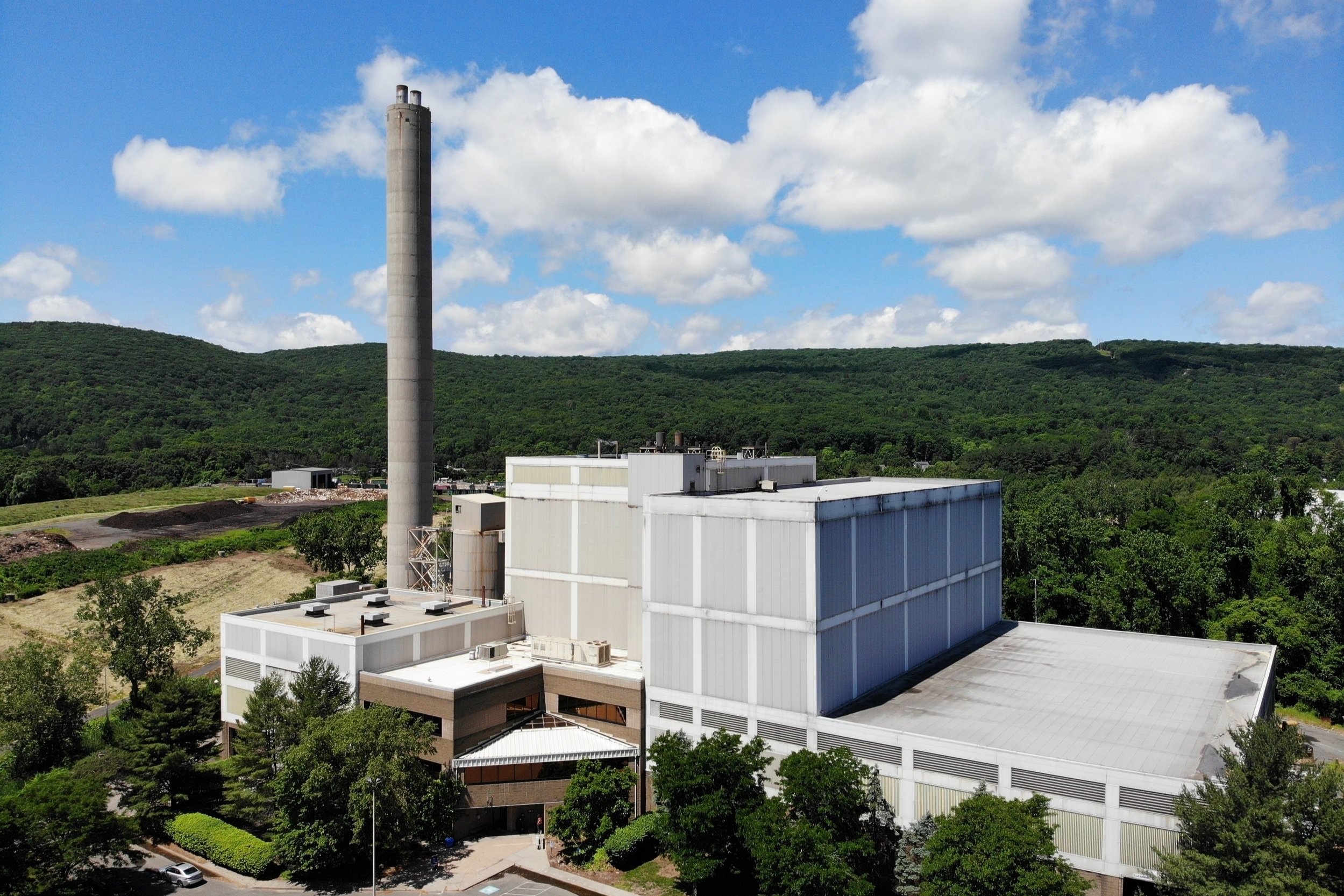
GHG Inventory
A greenhouse gas (GHG) inventory is a list of emission sources with their associated contributions to total emissions quantified using standardized methods. The GHG inventory enables us to map GHG risks of various sources and identify opportunities for reductions (EPA, 2023).
To develop GHG Inventory shown in emissions data in Connecticut and New Haven County, the following the steps were carried out:
• Examined EPA’s Local Greenhouse Gas Inventory Tool (LGGIT) and compared sector account with that of DEEP, which is based on the State Inventory Tool (SIT)
• Obtained Connecticut-wide greenhouse gas (GHG) emissions estimates from the Department of Energy and Environmental Protection (DEEP) report
• Calculated estimates for New Haven County
(data from NARSLAB)
Through this analysis, key contributors of GHG emissions have been identified. The above shows an estimated comparison of emissions by sector on both the State and County level. Further analysis found that the county’s total emissions equals 6.42 MMTCOe (Zhao and Oke, 2024). Transportation contributes the largest percentage of GHG emissions, followed by residential and commercial buildings (2024). In this case, residential and commercial building emissions are made up of emissions from stationary combustion, including the burning of oil and natural gas for space and water heating. These two sources are addressed in the section Energy Efficiency in Buildings. Electricity consumption in buildings is captured in the electricity sector, with emissions being slightly lower at the county level than at the state level (2024). Industrial processes contribute slightly more to county emissions than state emissions, while waste, agricultural, and natural gas leakage remain similar (2024).
By source
Further GHG Inventory analysis revealed sources of regional emissions by sector.
(data from NARSLAB)
Transportation
Transportation sources, particularly trucks and automobiles, contribute the largest share of emissions within the county, with emissions from trucks alone comprising over 25% of the county’s total emissions. Emissions from buses and motorcycles comprise a negilible amount of the countys total emissions (2024). At the per capita level, Vehicle miles traveled (VMT) was found to be positively correlated with increasing emissions (2024). This suggests that centering policies that reduce VMT and the usage of gas and diesel powered vehicles at the individual level will be important for reducing emissions in this sector. This is further exemplified by the high levels of vehicle ownership present in the county (US Census Bureau, 2010).
Commercial and Residential Buildings
The top sources for emissions from stationary combustion at the residential level included heating oil, natural gas, and propane, although emissions from propane are negligible compared to the former two sources (2024). Residential heating oil alone contibutes a little over 10% of the county’s total emissions (2024). Commercial fuel, which includes all fuel types, contributes around the same amount of emissions as residential heating oil (2024). Per capita emissions shown above follow similar trends (2024), indicating that reduction measures in this sector will have to target both residential and commercial buildings.
Electricity Consumption
Emissions associated with commercial and Industrial electricity make up 10% of the county’s total emissions, while residential electricity usage contributes slightly less to the county’s total emissions (2024). Per capita emissions follow a similar trend (2024), indicating the importance of addressing emissions from electricity consumption in both the residential and commerical/industrial context. Moreover, emissions from this sector can be expected to increase as other sectors electrify.
Industrial
While Industrial electricity usage is accounted for in the above sector, emissions from industrial fuel usage were calculated separately. As seen above, this source contributes around 5% of the county’s total emissions (2024).
Waste and Agriculture
Other GHG sources make up small to negligible portions of the county’s total emissions inventory (2024). This includes emissions from landfill methane release and combustion and agricultural fertilizers (2024).
Forest Sequestration
While forested land does not add to to the county’s total emissions outlined above, forests do play a vital role in capturing and storing carbon and offsetting emissions. In New Haven County, forested land sequesters around 0.60 MMTCO2e (2024). The majority of this land is categorized as decidious forest, although coniferious forest and wetlands do provide some sequestration benefits.
Priority areas for emissions reductions include transportation, stationary combustion in buildings (including in industrial settings), and electricity consumption. While other sources included in sectors such as waste contribute far less emissions than those outlined above, reduction measures could still provide a myriad of co-benefits for the communities and should not be discounted. For a detailed description of the county’s emissions, a comparison to other MSA’s in the state, and a full methodology, please see the appendix section of the final document.



